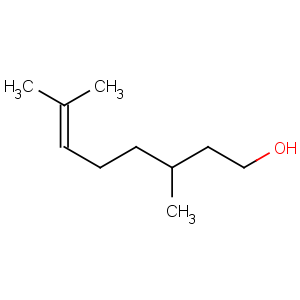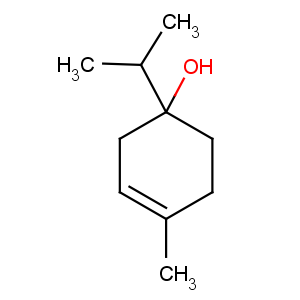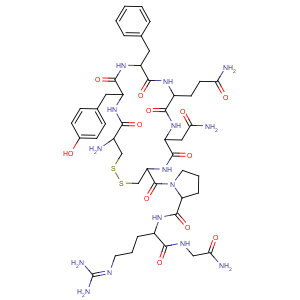CAS 63-05-8 Androstenedione
Product Name: Androstenedione,Androstendione,ASD,ADION,Andro,4AD
Synonyms: 4-AD;4-Androstene-3,17-dione; 4-androstenedione
CAS No.: 63-05-8
Molecular Formula:C19H26O2
Molecular Weight: 286.41
EINECS No.: 200-554-5
Assay: 98.5%
Packing: foil bag
Appearance: White crystalline powder
Androstenedione is a hormone produced naturally in the body by the adrenal glands, the ovaries (in women), and the testicles (in men). The body first manufactures DHEA , then turns DHEA into androstenedione, and finally transforms androstenedione into testosterone, the principal male sex hormone. Androstenedione is also transformed into estrogen. It is widely used by athletes who believe that it can build muscle and increase strength.
In females, the outer part of the adrenal glands (known as the cortex) and the ovaries release androstenedione into the bloodstream where it is converted to provide around half of all testosterone and almost all of the body’s oestrone, a form of oestrogen. Although the testes produce large amounts of androstenedione in males, they secrete little of this into the blood and, instead, rapidly convert it into testosterone within the testes. The adrenal glands also produce androstenedione in men, but this contribution is swamped by the testes’ overwhelming production of the other androgenic hormone, testosterone.
Applications
Due to its secretion from a number of different glands and its often rapid conversion to other hormones, the control of androstenedione within the body is very complex. However, two key parts of the brain (the hypothalamus and pituitary gland) are known to be important in the control of androstenedione secretion from the testes, ovaries and adrenal cortex. The release of androstenedione by the adrenal cortex is thought to be related to the pituitary gland’s secretion of a specialised hormone, adrenocorticotropic hormone. Precisely how adrenocorticotropic hormone and other hormones control the adrenal gland’s production of androstenedione is, however, unclear. The testes and ovaries are stimulated to release androstenedione by luteinising hormone and follicle stimulating hormone. These are released from the anterior pituitary gland in response to a hormone signal from the hypothalamus.
Boys with too little androstenedione may fail to develop the sexual characteristics associated with puberty, including pubic and body hair, growth of the sexual organs and deepening of the voice. Similarly, girls may fail to start their periods and may not undergo many of the changes usually seen in puberty. Additionally, if a male foetus has too little androstenedione, he may be born with abnormal genitalia. Too little androstenedione in later life would cause the same changes for both men and women as too little testosterone and oestrogen.
Permanent link: http://www.vvchem.com/sell/cas:63-05-8,3422631.html












